Shoreline Fishing During Rough Weather: Is It Worth It?
The allure of shoreline fishing pulls countless anglers to coastlines, lakeshores, and riverbanks around the world. Under ideal conditions, it offers peaceful communion with nature, the rhythmic lapping of water against the shore, and the thrilling possibility of a catch. But what happens when dark clouds gather, winds whip across the water, and waves crash with intimidating force? For many anglers, rough weather presents not just challenges but potentially unique opportunities. This article explores the complex question that many fishing enthusiasts eventually face: Is shoreline fishing during rough weather worth the effort, discomfort, and potential risks?
Understanding What Constitutes “Rough Weather”
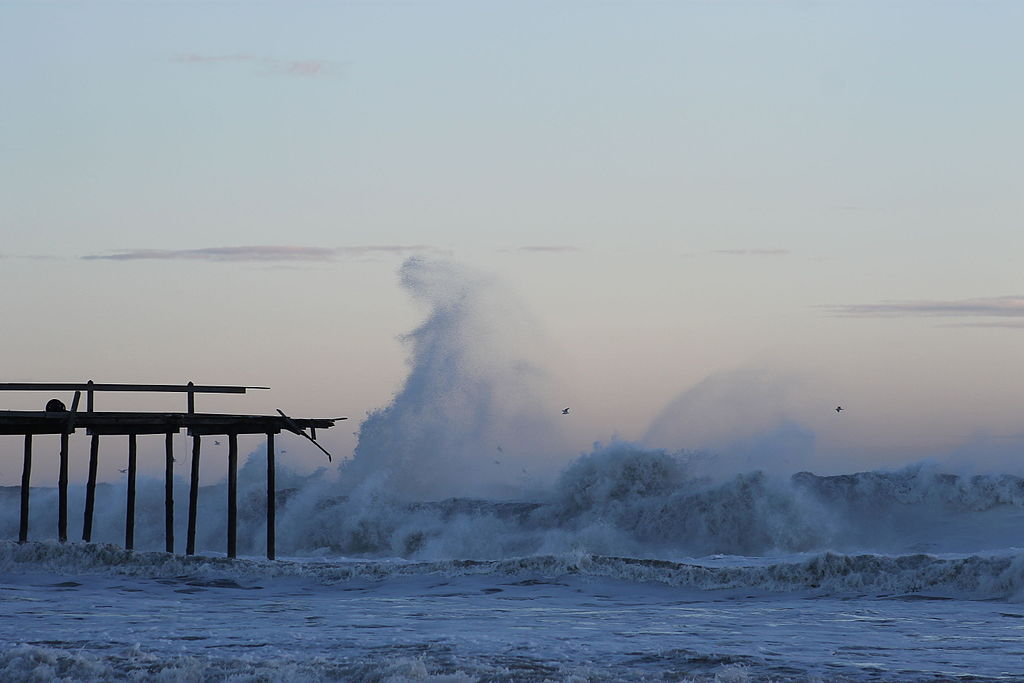
Rough weather in fishing contexts varies significantly depending on your location and the body of water you’re fishing in. For coastal anglers, it might mean high winds creating choppy surfaces, large breaking waves, storm surges, or heavy rainfall. On lakes, rough weather typically presents as strong winds causing whitecaps, rapidly changing conditions, or thunderstorms that create dangerous electrical conditions. River anglers might contend with sudden water level rises, increased current speeds, or reduced visibility from runoff. Understanding these distinctions is crucial because each type of rough weather affects fishing differently and presents unique safety considerations. What qualifies as “fishing-prohibitive” conditions for a novice might represent prime opportunities for experienced anglers with the right equipment and knowledge.
The Safety Perspective: When to Walk Away
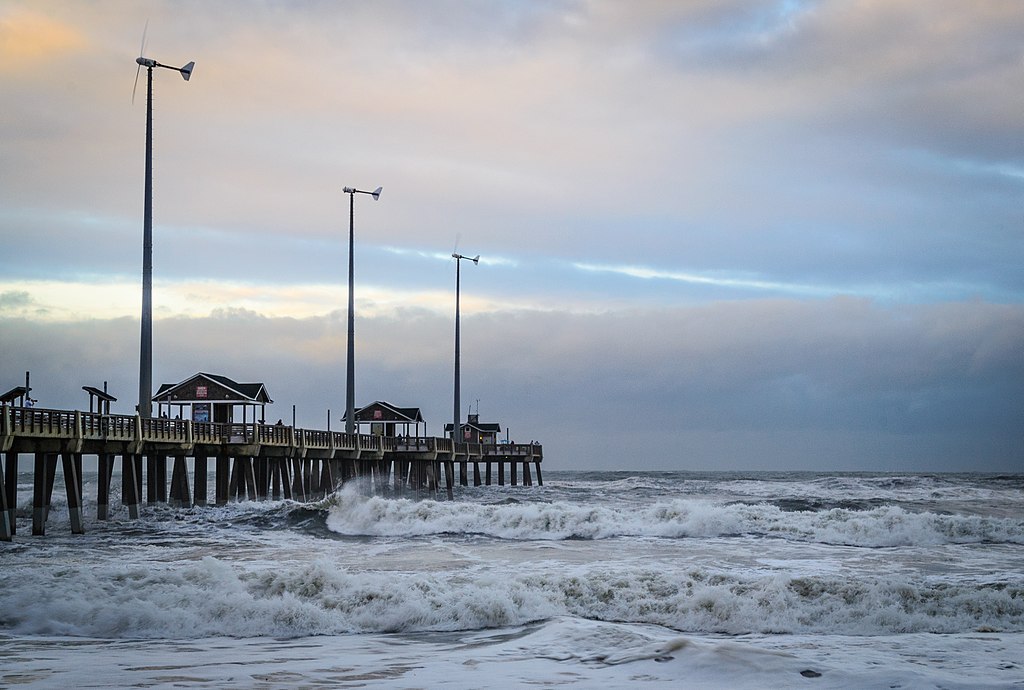
Safety must always be the primary consideration when contemplating fishing in rough conditions. Lightning strikes pose a serious and potentially fatal risk, making any fishing during electrical storms an absolute non-starter. Storm surges and high waves can sweep unsuspecting anglers from jetties, piers, or rocky shorelines in seconds. Flash flooding near rivers can turn a peaceful fishing spot into a life-threatening situation with little warning. Hypothermia becomes a real concern in cold, wet, and windy conditions, even if temperatures seem moderate. The fundamental rule that experienced anglers live by is simple: no fish is worth risking your life, and conditions that compromise your ability to stay safe should immediately signal that it’s time to pack up and return another day.
The Biological Case for Rough Weather Fishing
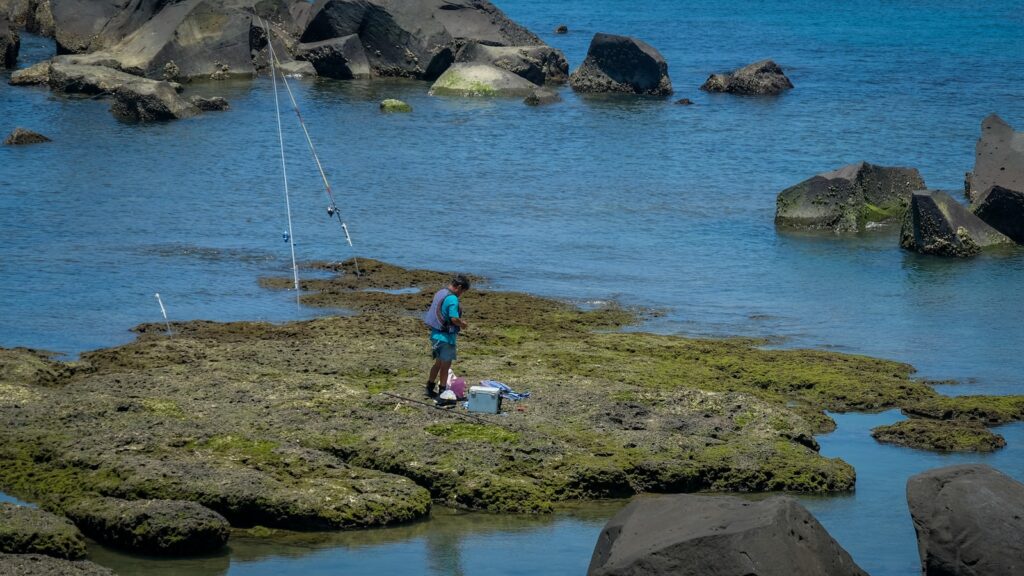
Interestingly, there are solid biological reasons why fishing during certain types of rough weather can be productive. Barometric pressure changes that accompany weather fronts often trigger feeding frenzies in many fish species, as they instinctively know that difficult feeding conditions may follow. Increased wave action stirs up bottom sediment, dislodging food sources and potentially activating predatory responses in game fish. Reduced light penetration during overcast conditions can make predatory fish less cautious and more likely to venture into shallower waters. Many experienced anglers report some of their best catches during the hours immediately preceding a storm or during light rain, when these biological triggers align perfectly. These factors create a compelling argument for why, from a purely fishing success perspective, certain rough weather conditions might improve your chances of a memorable catch.
Equipment Considerations for Rough Weather Angling
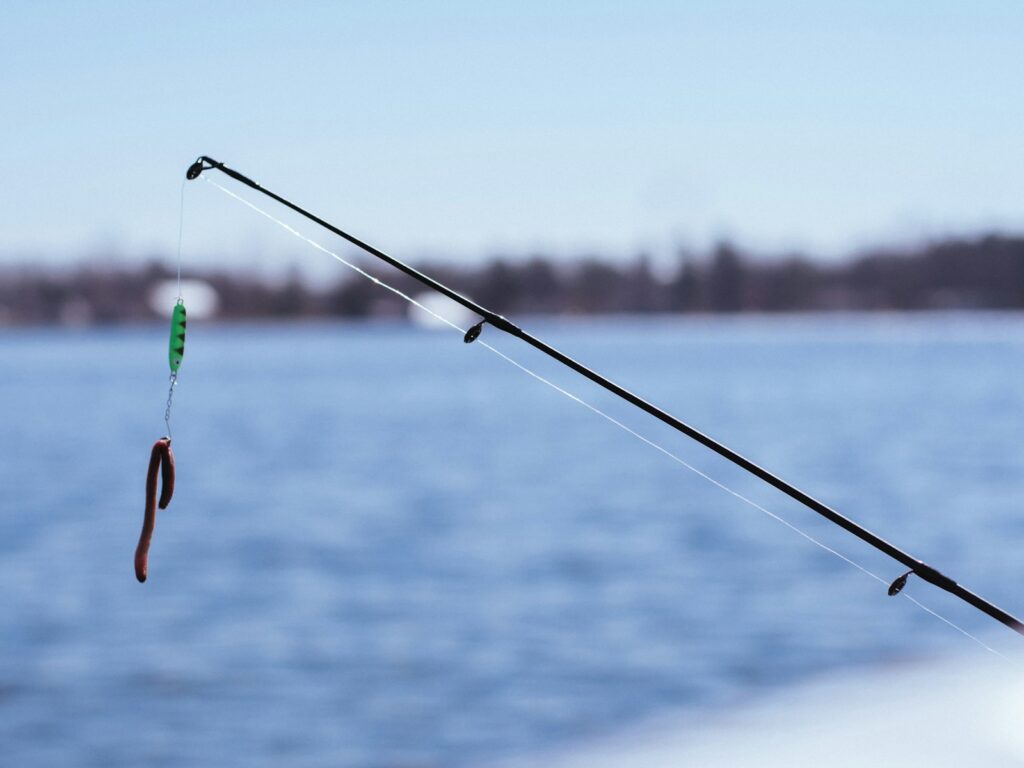
Fishing effectively during adverse weather demands specialized or adapted equipment that can withstand challenging conditions. Rods with sufficient backbone to cast heavier lures or baits needed to reach deeper water or cut through strong winds become essential. Reels with sealed bearings resist water intrusion and subsequent corrosion from salt spray or rain. Higher-visibility line helps you track your presentation in choppy water, while specialized knots maintain integrity under increased strain. Beyond fishing gear, personal equipment becomes equally important – waterproof clothing, non-slip footwear, and layering systems that maintain body temperature while allowing moisture to escape can make the difference between a miserable experience and a productive outing. Investing in quality rough weather gear represents a significant expense but proves worthwhile for anglers who frequently fish in less-than-ideal conditions.
Species That Bite Better in Rough Conditions
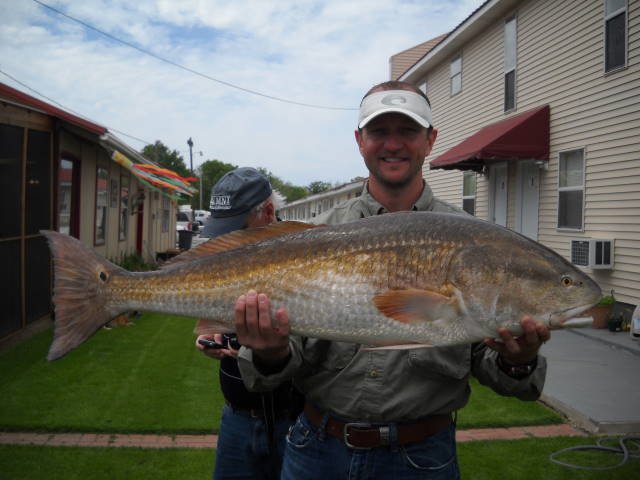
Certain fish species show marked increases in feeding activity during specific types of rough weather. Striped bass often feed aggressively as storms approach coastlines, taking advantage of disoriented baitfish. Redfish and black drum frequently move to shorelines during windy conditions as waves push crustaceans from their hiding places. Largemouth bass are known to strike more readily during light rain, especially after extended dry periods. Surf species like pompano and whiting often feed more actively in moderately rough surf as it dislodges sand fleas and other prey items from the seafloor. Understanding these species-specific behaviors allows anglers to target particular fish during weather conditions that most casual fishermen avoid, potentially leading to exceptional catches when others have abandoned the shoreline.
Tactical Advantages of Fishing Rough Shorelines
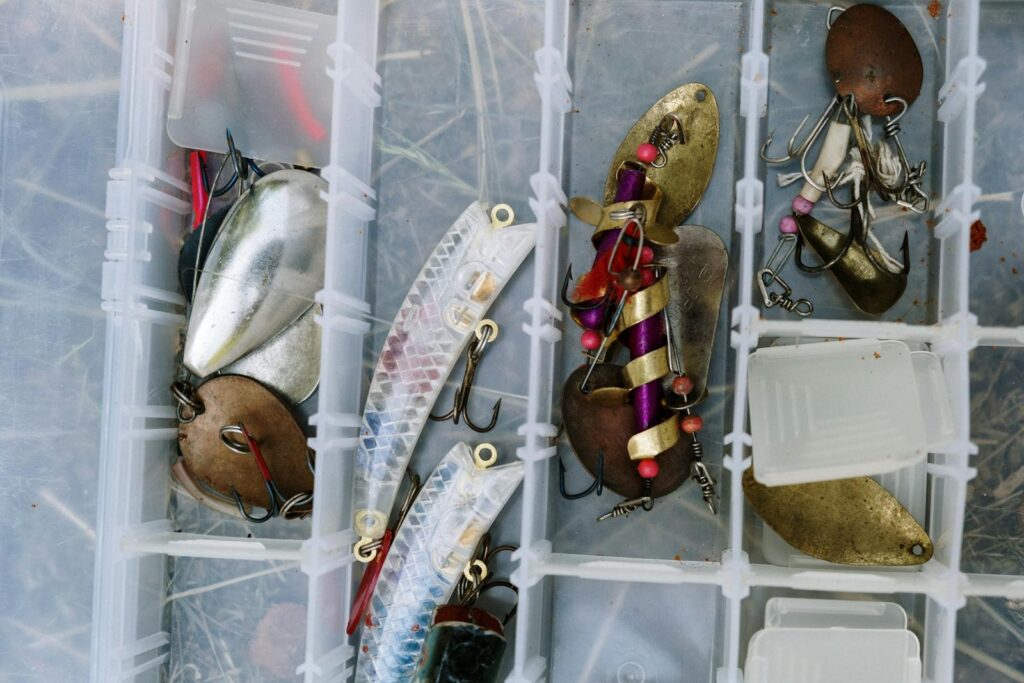
Rough weather creates tactical advantages that savvy shoreline anglers can exploit. Decreased water clarity often reduces a fish’s ability to carefully inspect lures or bait presentations, leading to less hesitation and more strikes. Increased water movement creates natural “noise” that helps mask an angler’s presence, allowing closer approaches to wary fish. Wave action creates defined current seams, rips, and eddies where predatory fish station themselves to ambush prey with minimal energy expenditure – these become high-percentage targeting areas. The rhythmic surge of waves against the structure creates a natural cadence that skilled anglers can match with their retrieves, presenting lures in a way that mimics the movement of actual prey in those conditions. These tactical elements combine to create unique fishing opportunities that simply don’t exist during calm weather.
Location Selection During Adverse Conditions
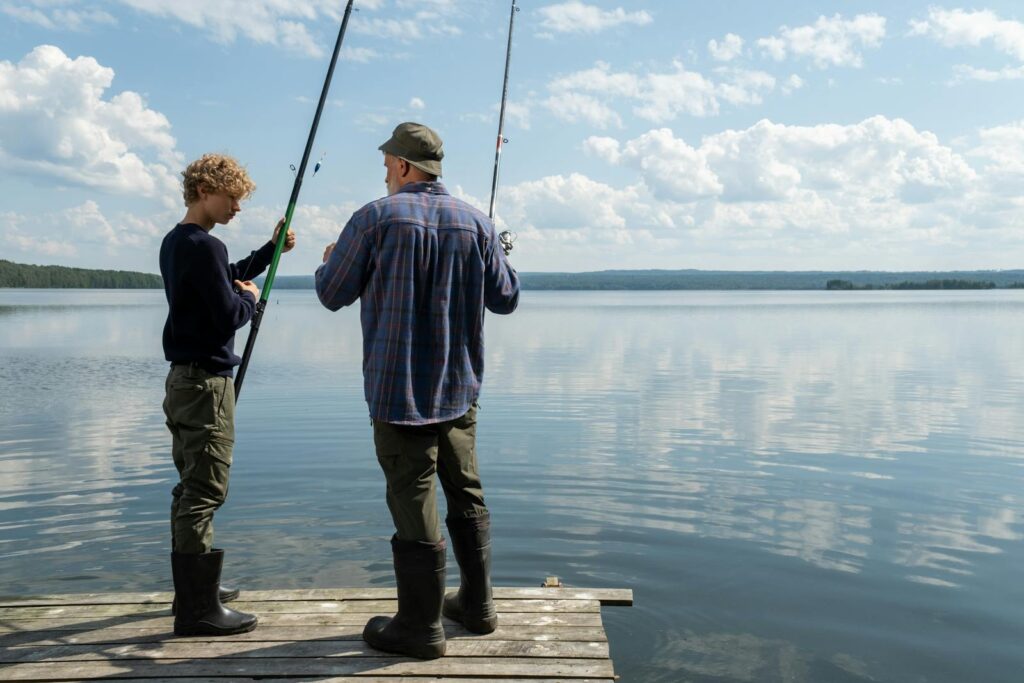
Choosing the right fishing location becomes even more critical during rough weather than in ideal conditions. Protected coves, inlets, or bay areas often provide fishable water even when main waterbodies become too rough for effective angling. Lee shorelines (those sheltered from the wind) typically offer both safer fishing conditions and areas where baitfish and predators congregate to escape the full force of waves and current. Structures that create current breaks or wave barriers – like jetties, piers, or natural formations – often hold fish seeking relief from rough water while maintaining access to food sources carried by currents. Deeper channels near shorelines can become prime fishing zones during rough weather as fish move from shallow flats into these more stable environments. Successful rough-weather anglers develop a mental catalog of these protected or strategically advantageous locations for different wind directions and weather patterns.
The Psychological Experience
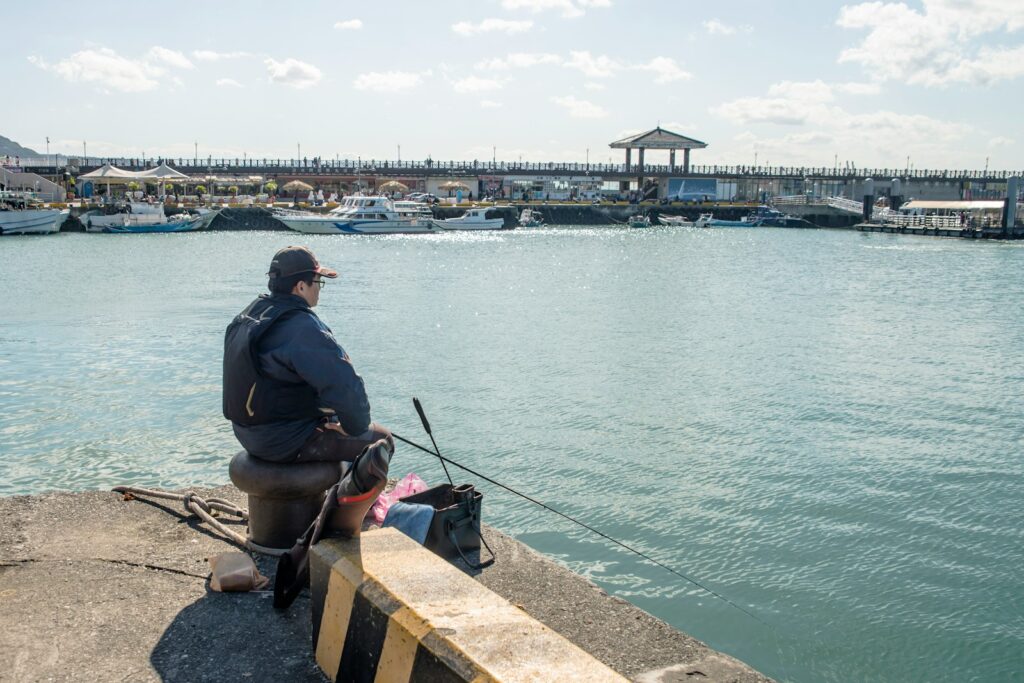
There’s an undeniable psychological component to fishing in challenging weather that attracts many dedicated anglers. The elemental experience of standing against wind and waves creates a primal connection to nature that calm-day fishing sometimes lacks. Many anglers report a heightened sense of focus and presence when fishing demands their complete attention to stay safe and effective. The reduced fishing pressure during rough weather means solitude even in normally crowded fishing destinations, offering a sense of having the water to yourself. Perhaps most significantly, the sense of accomplishment from successfully catching fish in difficult conditions often creates more memorable and satisfying experiences than easier catches in perfect weather. This psychological dimension explains why many experienced anglers prefer certain types of challenging conditions over picture-perfect days.
Essential Safety Protocols
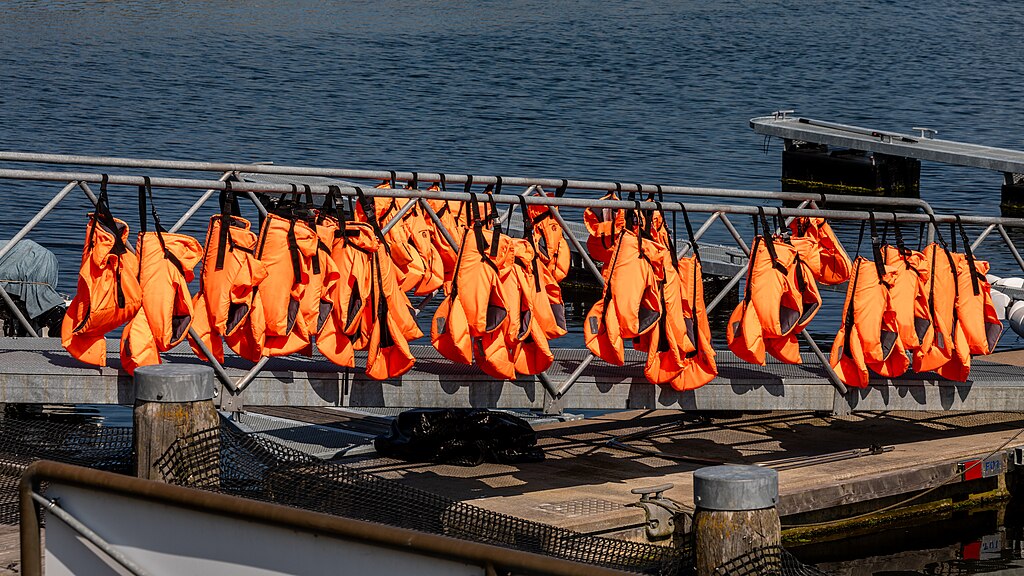
Anglers who choose to fish in rough conditions must establish and follow strict safety protocols. Always inform someone of your fishing location and expected return time before departing, creating a safety check system. Wear a personal flotation device when fishing in areas where being swept into the water is even remotely possible, regardless of swimming ability. Establish clear personal limits about when conditions have deteriorated beyond your comfort zone, and be disciplined about following them even when the fishing is productive. Constantly reassess weather conditions, as they can change rapidly near large bodies of water, and maintain multiple sources of weather information. The most experienced rough-weather anglers aren’t those who take unnecessary risks, but rather those who have developed comprehensive safety systems that allow them to fish challenging conditions while maintaining an appropriate margin of safety.
Reading Water in Rough Conditions
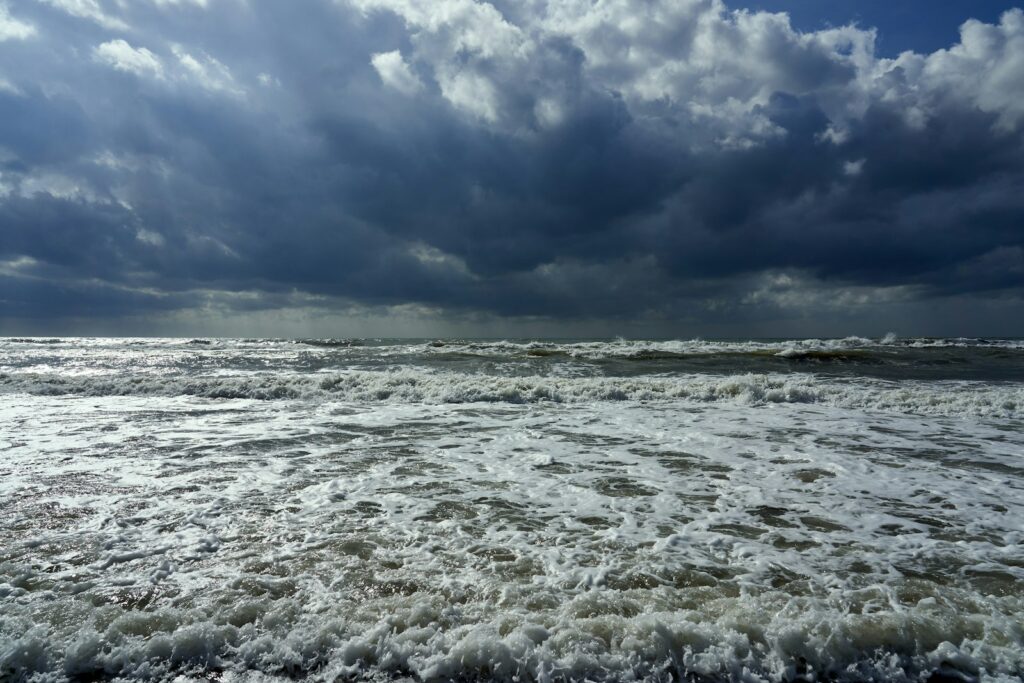
Developing the ability to “read” rough water represents perhaps the most valuable skill for successfully fishing in adverse conditions. Look for color changes that might indicate depth transitions, submerged structure, or current edges – these become more pronounced in churned-up water. Identify areas where wave patterns change, potentially indicating submerged structures that create fishing opportunities. Watch for slicks or calm patches amid rough water, often signaling deep holes or areas where currents converge. Observe bird activity, as seabirds frequently key in on baitfish that rough conditions have pushed to the surface or concentrated in specific areas. This water-reading skill develops only through experience, but it ultimately allows anglers to quickly identify productive fishing zones within seemingly chaotic conditions, turning apparent disadvantages into targeted fishing opportunities.
Bait and Lure Selection for Challenging Conditions
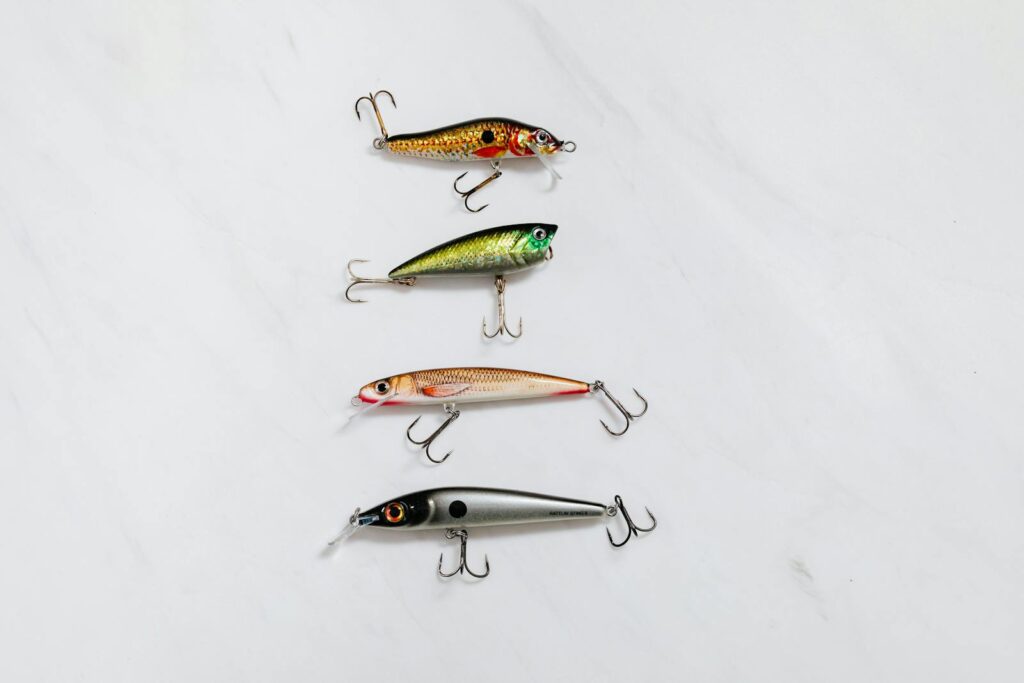
Effective rough-weather fishing demands adjustments to your bait and lure choices to match the altered conditions. Higher-visibility colors like chartreuse, white, or orange often outperform natural tones when water clarity decreases. Lures that create substantial vibration, like spinnerbaits or lures with large paddle tails, help fish locate your presentation through water movement when visibility is limited. Larger profile baits often prove more effective as they create a more substantial silhouette that fish can detect in turbid conditions. Natural baits typically need additional weight to maintain position in stronger currents or wave action, with specialized sinker systems designed for rough surf conditions. The most successful rough-weather anglers maintain versatile tackle selections that can be adapted to various levels of water clarity, current strength, and wave action they might encounter during changing conditions.
The Accessibility Factor
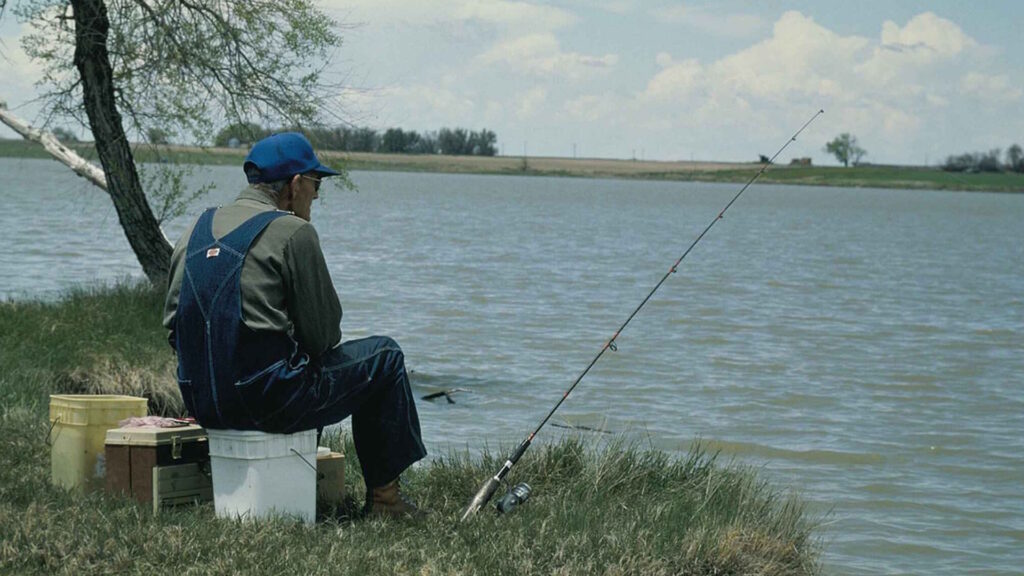
Rough weather fishing offers a significant advantage in terms of access to prime fishing locations that might otherwise be inaccessible. Popular fishing spots that see intense pressure during good weather often become virtually deserted during less favorable conditions, eliminating competition for prime casting positions. Many fish feeding patterns shift during rough weather, bringing species within casting range of shore that might normally remain in deeper water beyond the reach of shoreline anglers. Crowded beach destinations become peaceful fishing havens when weather conditions discourage sunbathers and recreational visitors. Even the parking situation improves dramatically, allowing anglers to access spots that might require long walks during peak times. This improved accessibility factor represents one of the most practical benefits of being willing and prepared to fish during less-than-ideal weather conditions.
When the Reward Outweighs the Challenge
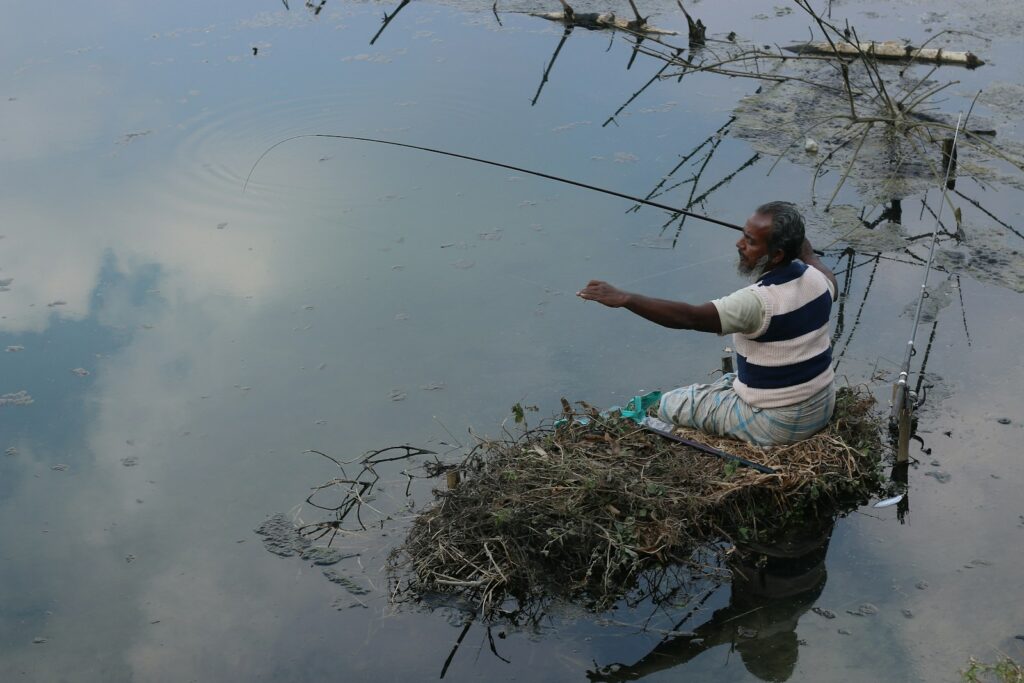
The ultimate question remains: When does rough weather fishing become “worth it” despite the additional challenges? The answer varies based on an angler’s experience, equipment, target species, and personal preferences. For tournament anglers, the potential competitive advantage of understanding how to effectively fish challenging conditions often justifies the discomfort. For those seeking solitude and connection with nature’s raw power, moderate rough weather offers experiences unavailable on calm days. Species specialists targeting fish known to feed more actively in specific rough conditions find the improved catch rates compelling enough to brave the elements. Photography enthusiasts often find that dramatic weather creates spectacular backdrops for fishing images that far surpass those taken on bluebird days. The calculus of “worth it” remains deeply personal, yet many dedicated anglers discover that some of their most rewarding fishing experiences occur precisely when conditions seem least inviting.
Conclusion: Making Your Assessment
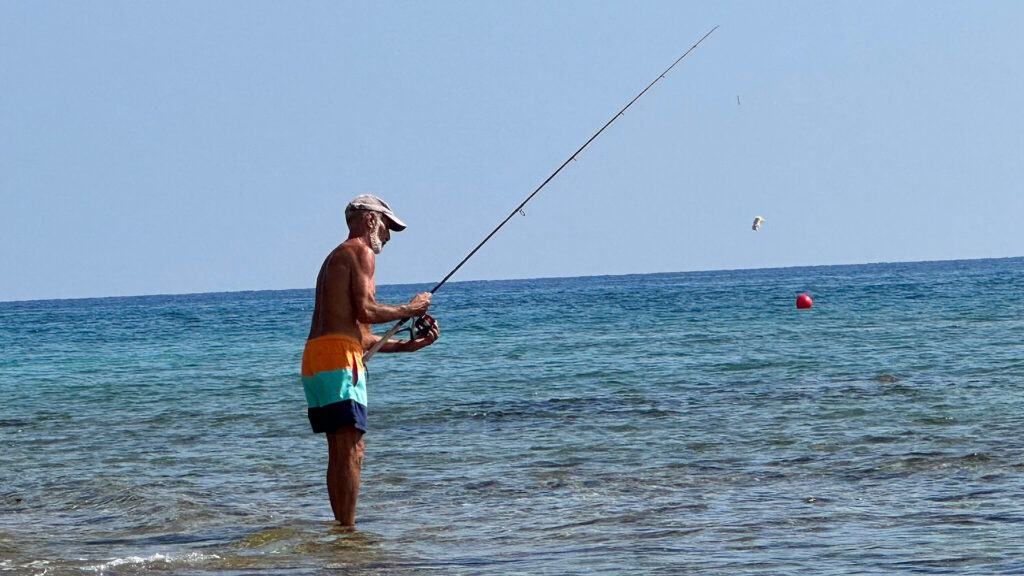
Shoreline fishing during rough weather presents a complex equation of risk, reward, challenge, and opportunity that each angler must solve individually. The physical demands increase, safety considerations become more critical, and comfort decreases – yet these challenges are potentially offset by improved fishing opportunities, reduced competition, and uniquely satisfying experiences. For beginners, the sensible approach involves gradually extending personal weather-tolerance boundaries as skills, equipment, and experience develop. Seasoned anglers often discover that understanding how to safely and effectively fish in less-than-ideal conditions dramatically extends their productive fishing opportunities throughout the year. The ultimate answer to whether rough-weather shoreline fishing is “worth it” emerges through experience, as each angler discovers their balance point between challenge and reward. What remains universally true is that those who develop the skills, acquire the proper gear, and learn the necessary safety protocols unlock fishing opportunities that remain forever hidden from fair-weather anglers.
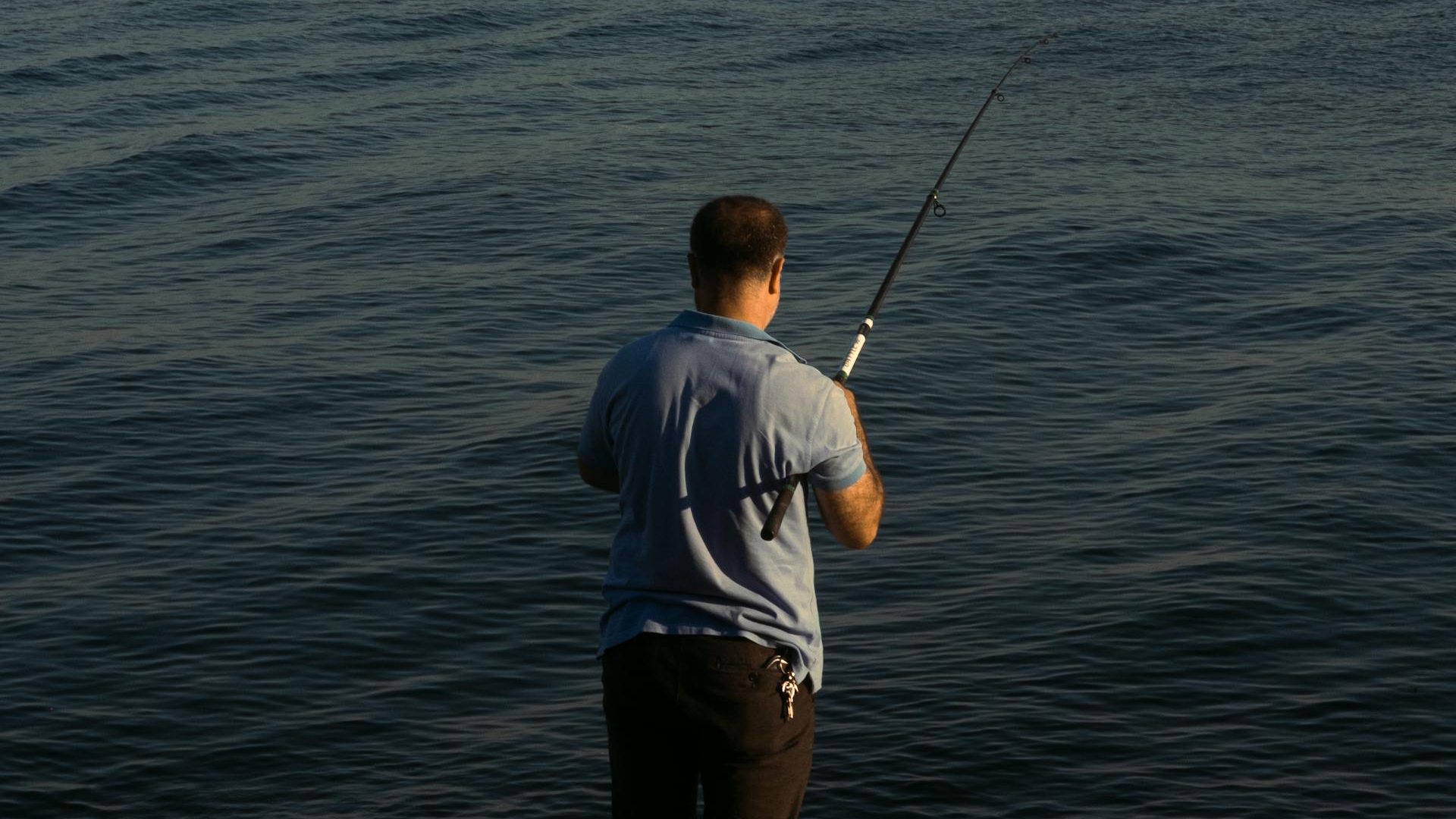
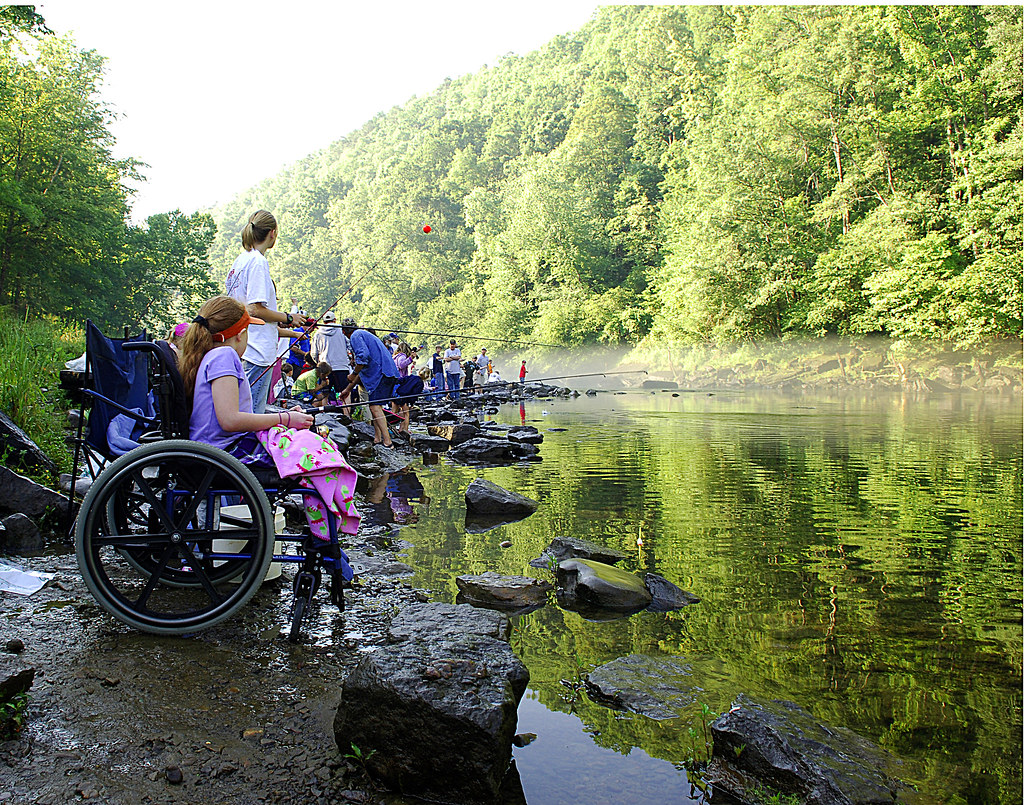
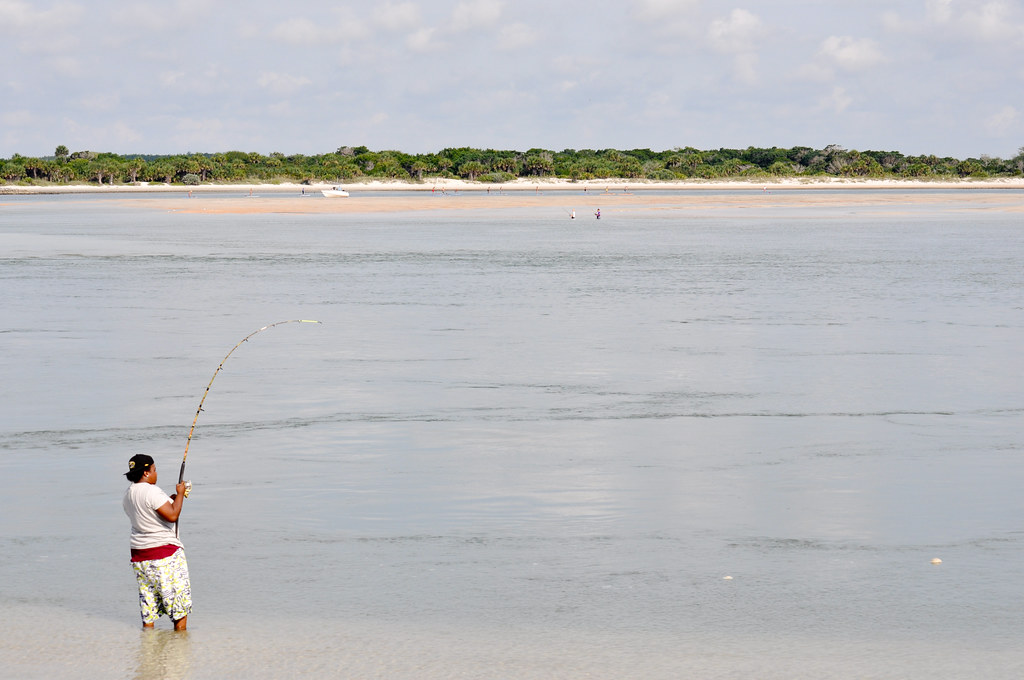

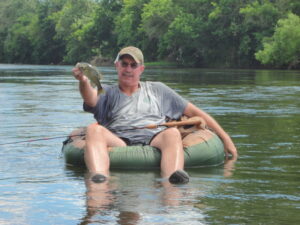
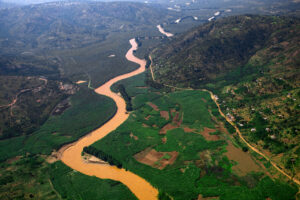








Post Comment